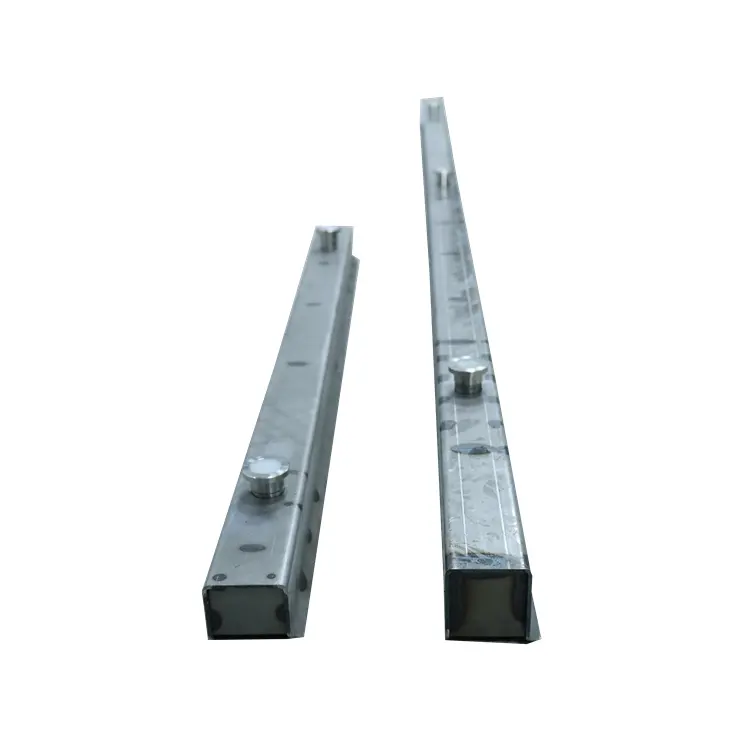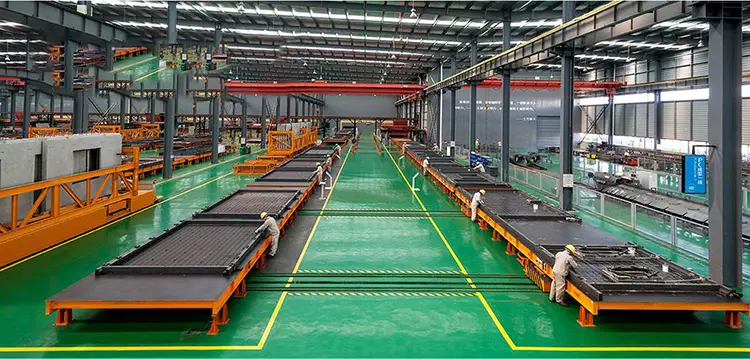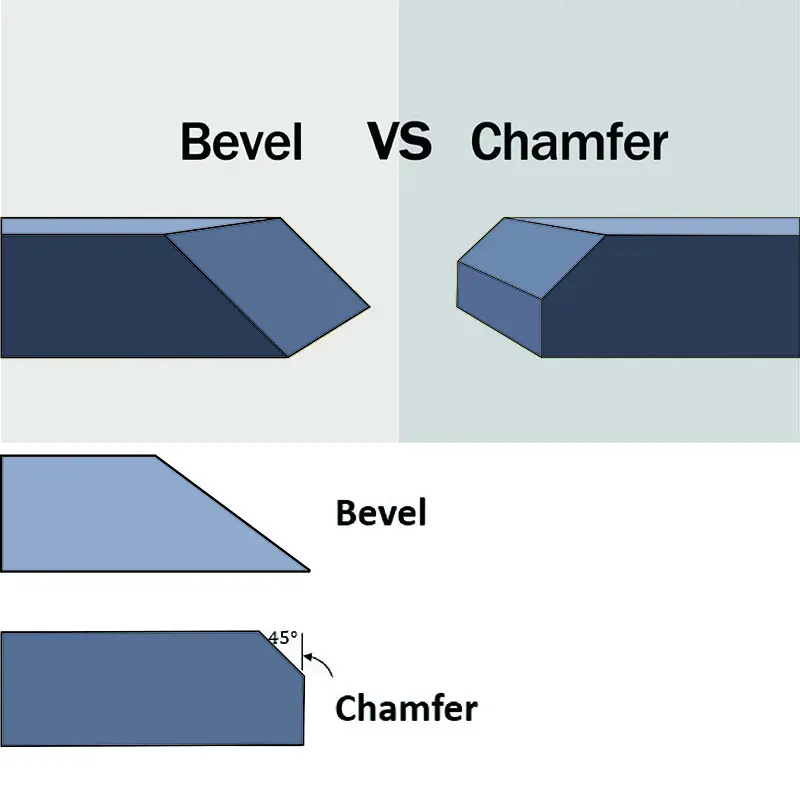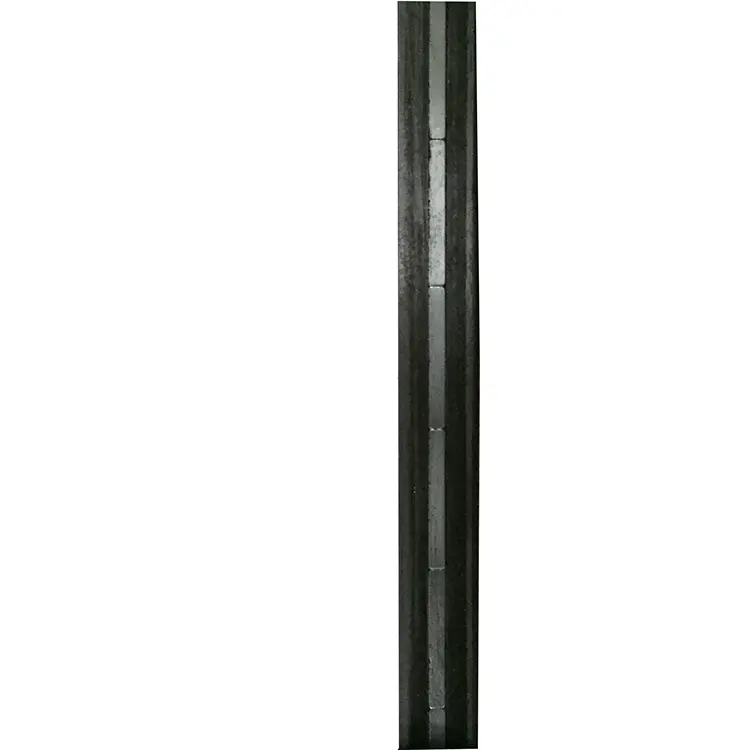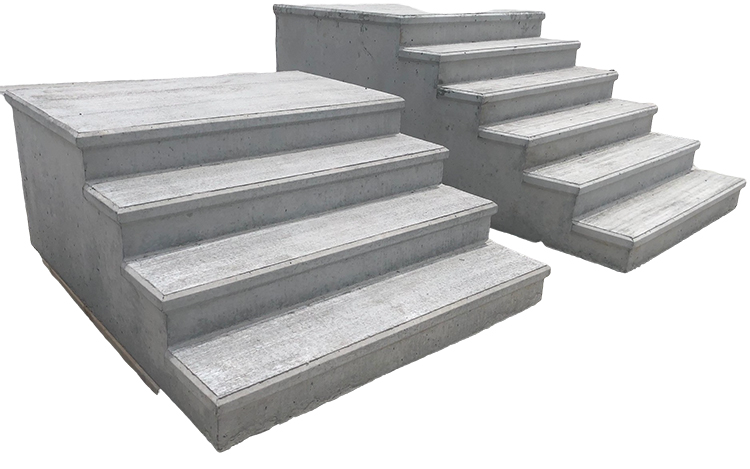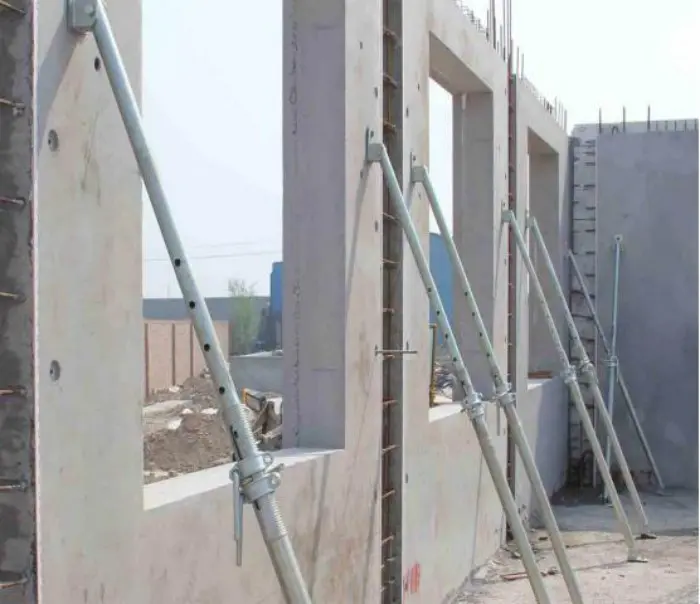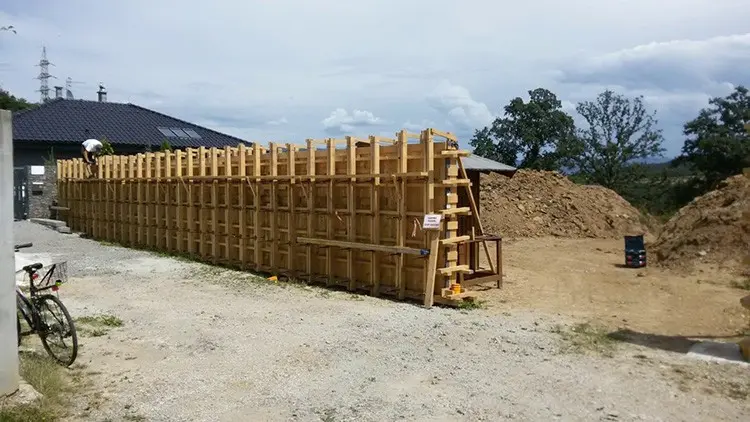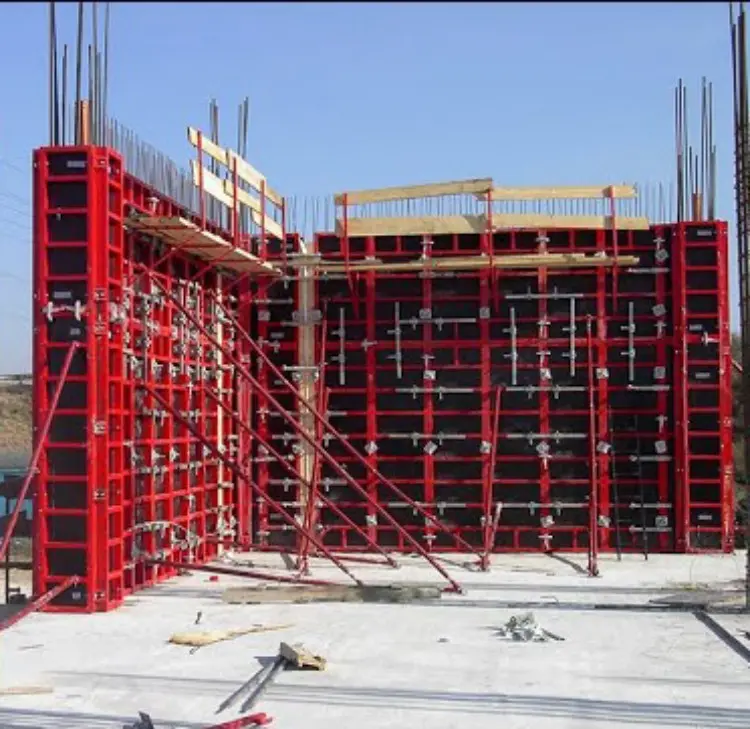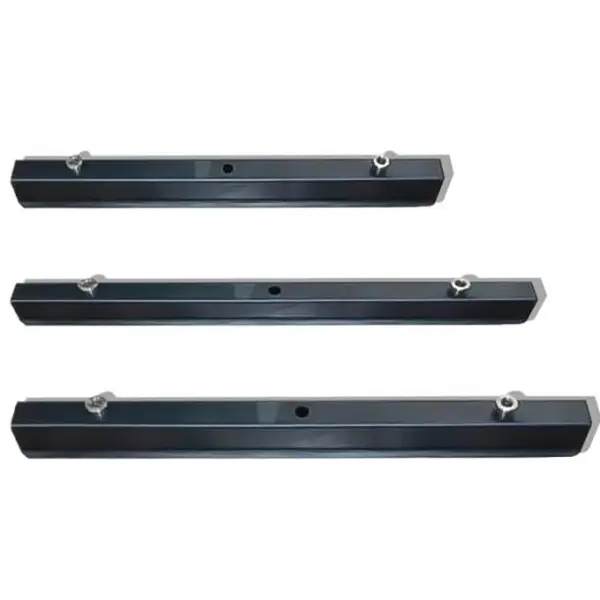What to Use for Concrete Formwork? Let’s Break It Down Like a Pro
Hey there! If you’re staring at a construction site wondering, “What the heck should I use to hold this wet concrete in shape?”—you’re not alone. As someone who’s spent years in the prefab and formwork game, let me cut through the noise. No jargon, just straight talk and real-world examples.
1. Wooden Formwork: The Classic Workhorse
Picture this: You’re building a cozy suburban home with a simple foundation. A crew is hammering together plywood panels, tweaking them on-site to fit uneven terrain. That’s wooden formwork in action—affordable, flexible, and perfect for small-scale projects.
Why it works:
- Cost-effective: Ideal for tight budgets (materials are 30–40% cheaper than steel).
- Easy to customize: Need a weird angle? Just cut the plywood.
- Beginner-friendly: Even DIYers can handle it with basic tools.
But here’s the catch: Wood warps after 5–10 uses. I once saw a contractor reuse weathered plywood for a garden wall—the concrete ended up looking like a melted candle. Lesson learned: Don’t push wood beyond its limits.
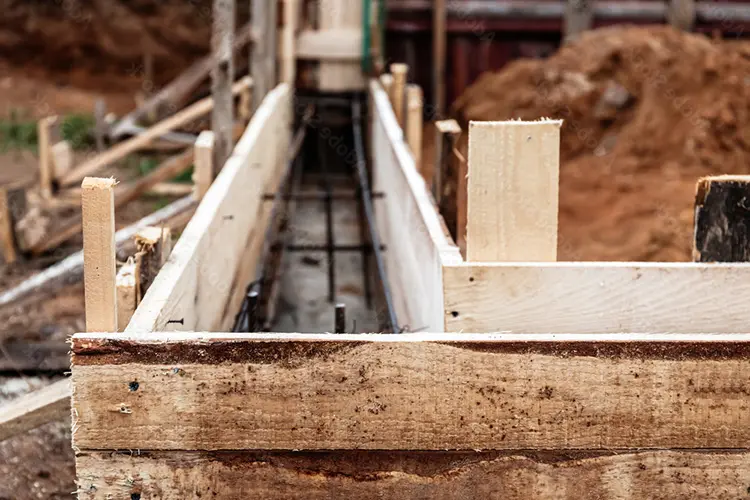
2. Steel Formwork: The Heavy-Duty Champion
Now imagine a high-rise apartment tower. Workers are slotting prefab steel panels into place like LEGO bricks. These panels snap together seamlessly, ensuring razor-sharp edges and flawless surfaces. Steel’s the MVP for repetitive structures—think parking garages or mass housing.
Why pros love it:
- Durability: Lasts 100+ pours (I’ve seen 20-year-old steel forms still kicking).
- Speed: Rebar slots and alignment hooks cut setup time by 50%.
- Smooth finishes: Say goodbye to patchy concrete—steel delivers Instagram-ready walls.
But steel’s heavy. I’ll never forget the crane operator who groaned, “This stuff weighs more than my ex’s baggage!” If your site lacks heavy machinery, steel might sink your budget.
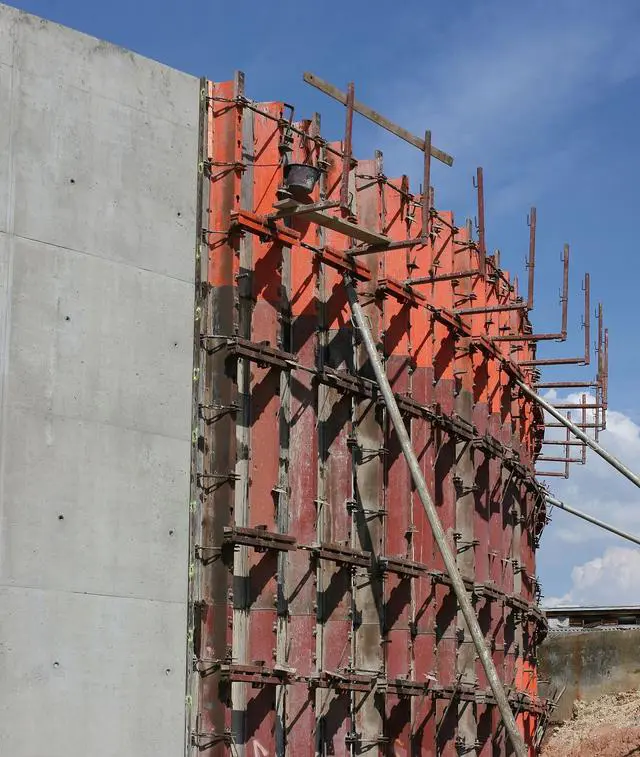
3. Aluminum Formwork: Lightweight + High ROI
Let’s zoom to a luxury hotel project. Crews are hoisting featherlight aluminum panels, reusing the same system for walls, floors, and columns. The project manager brags, “We saved 3 weeks on the schedule!” Aluminum’s the Swiss Army knife for complex designs.
Why it’s trending:
- Weight savings: 50–70% lighter than steel.
- Reuse magic: One system adapts to slabs, beams, even staircases.
- Long-term ROI: A Dubai contractor reused aluminum forms 300+ times across 5 towers.
But upfront costs sting. One developer told me, “Buying aluminum feels like marrying a supermodel—gorgeous but expensive.” Plan for big initial spends to reap later rewards.
The Verdict? Match the Material to Your Mission
- Wood: Small budgets, simple shapes.
- Steel: Repetitive structures, speed, durability.
- Aluminum: Lightweight flexibility, long-term ROI.
Oh, and if you’re eyeing plastic or fabric forms? Skip ’em for structural work. They’re great for decorative curbs but crumble under real pressure.
Bottom line: Your formwork isn’t just a mold—it’s the skeleton of your project. Choose wisely, and that concrete will stand tall long after you’re done.
“Build smart today, or repair endlessly tomorrow.”

